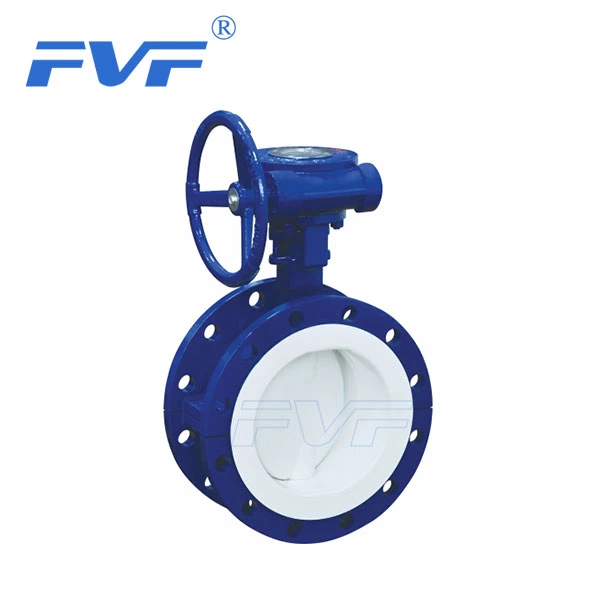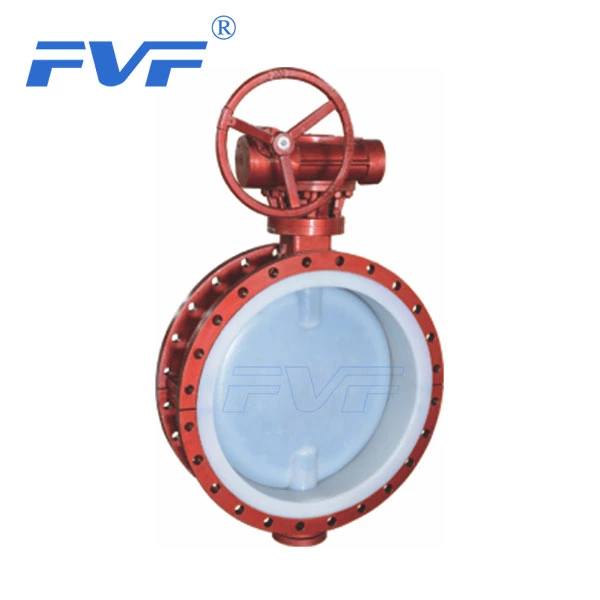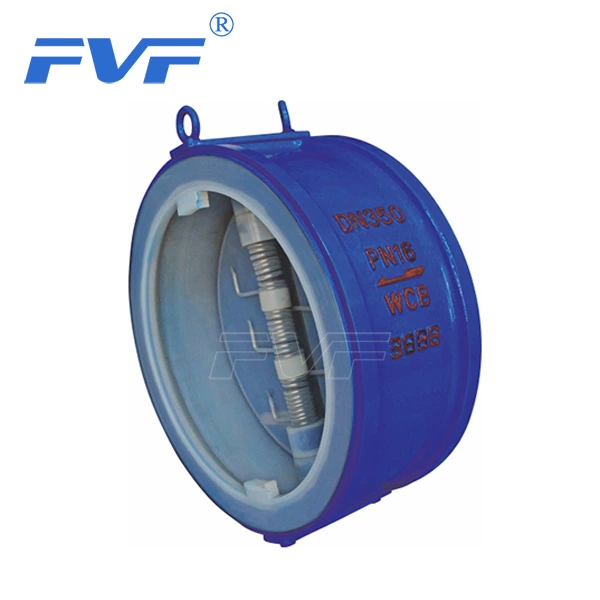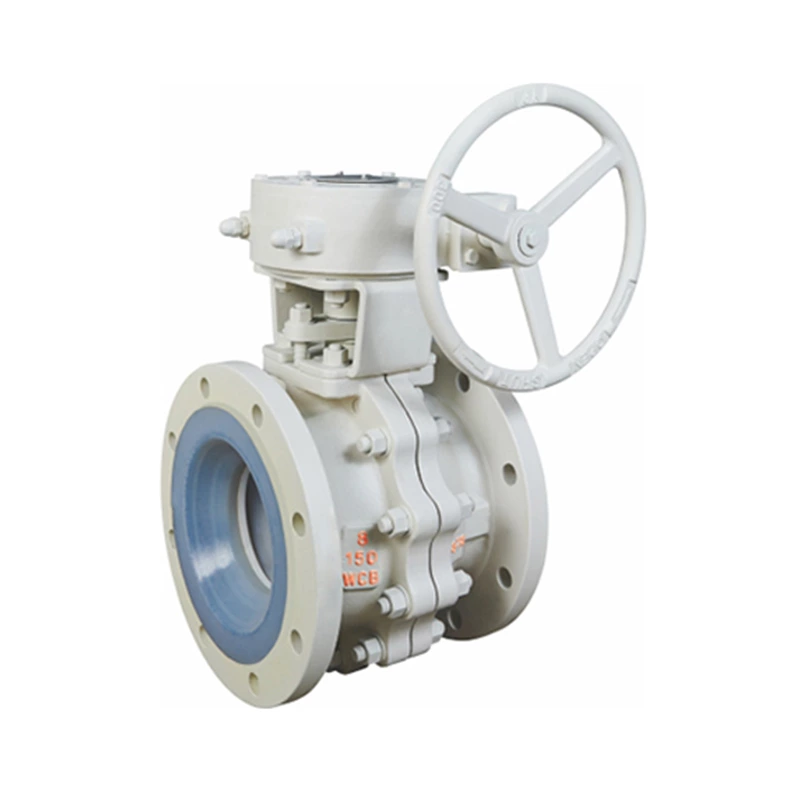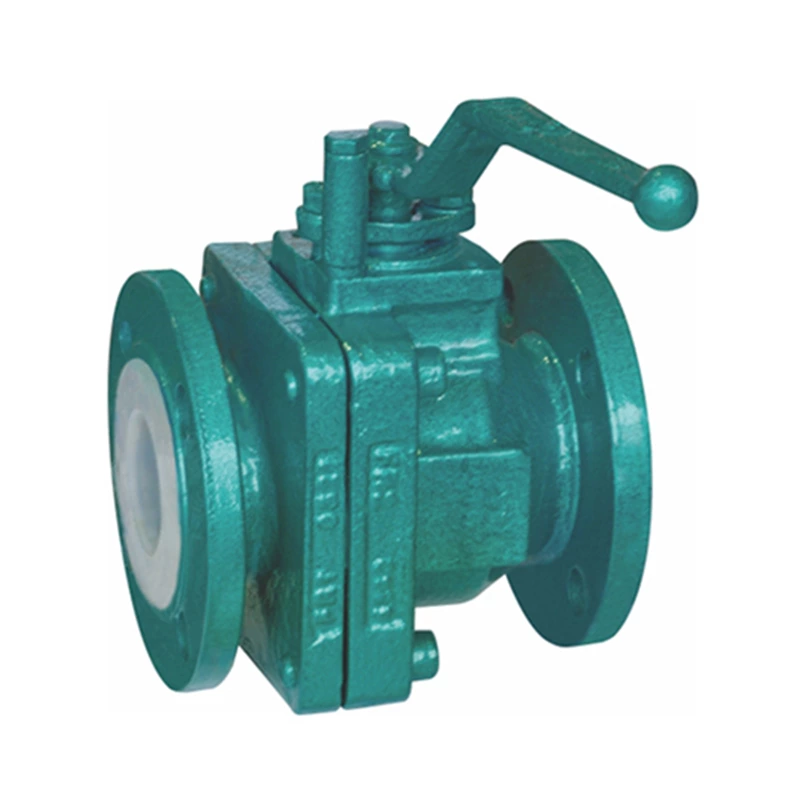Valve Corrosion And Countermeasures
Lined Valve corrosion, that is, the damage to the valve metal material under the action of chemical or electrochemical environment. Since the "corrosion" phenomenon occurs in the spontaneous interaction between the surrounding environment and the metal, how to isolate the metal from the surrounding environment or use more non-metallic synthetic materials is the focus of corrosion prevention.
The valve body (including the valve cover) occupies most of the weight of the valve and is in constant contact with the medium, so the selection of valves often starts from the valve body material.
The corrosion of the valve body is no more than two forms, namely chemical corrosion and electrochemical corrosion. Its corrosion rate is determined by the temperature, pressure, chemical properties of the medium and the corrosion resistance of the valve body material.
The corrosion prevention of the valve body is mainly the correct selection of materials. Although there is a wealth of information on corrosion prevention, it is still not easy to choose the right one, because the corrosion problem is very complicated. For example, sulfuric acid is very corrosive to steel at low concentrations, but it will produce a passivation film on steel at high concentrations, which can prevent corrosion. Hydrogen is only very corrosive to steel at high temperatures and pressures. Chlorine is not very corrosive when it is dry, but it is very corrosive when there is a certain humidity, so many materials cannot be used. The difficulty in selecting valve body materials is that you cannot only consider the corrosion problem, but also the pressure and temperature resistance, whether it is economically reasonable, and whether it is easy to purchase.
